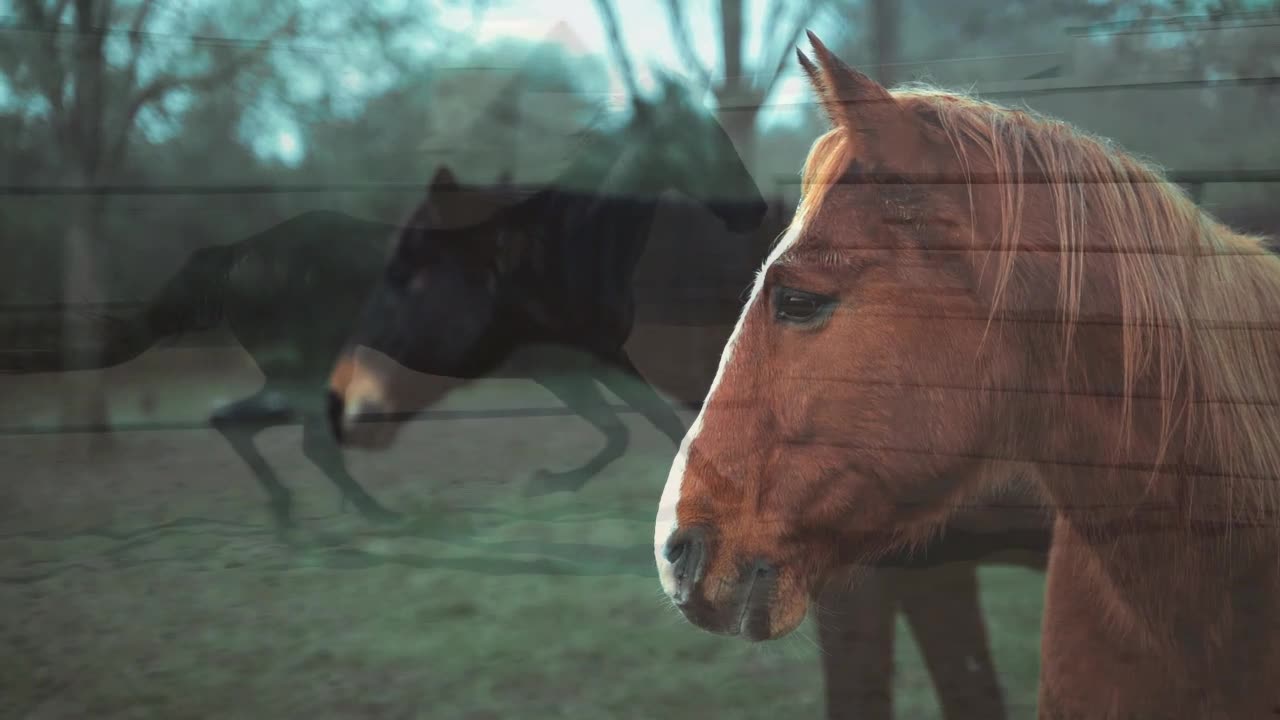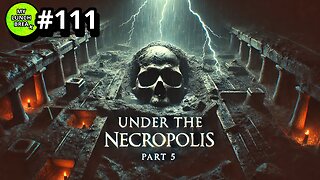Premium Only Content

PACTS ABOUT HORSES
Horses are obligate nasal breathers. This means that they are unable to breathe through their mouth as humans can. Horses can only breathe through their nose.
Horses have a “stay-apparatus” which is a system of tendons and ligaments that allows the horse to lock their legs in position so they can relax without falling over. When not sleeping, horses also use this apparatus to rest while standing for long periods of time. This allows them to conserve energy while standing so they are ready to take flight if needed. It is a myth that horses never lay down – they do spend a short amount of time each day laying down for deeper sleep. On average, horses sleep two and a half hours per day.
As a prey animal, horses need to have sensitive hearing to survive. Humans have only three muscles to control their ears, whereas horses have 10! This allows horses to rotate their ears nearly 180 degrees and move them independently of one another. Being able to rotate their ears lets horses hear sounds all around them without having to turn their head.
This is due to the positioning of their eyes on the sides of their head. However, they have two blind spots – one directly behind them, and the other directly in-front of their head. This means that they cannot see the grass they are grazing on, or the carrot you are sticking out to them! Instead, they will move their head or use their mobile and sensitive lips, whiskers and sense of smell to know what is in-front of them.
As a prey animal, horses need to react quickly should a flight-or-fight situation arise. When they need to fight, horses can go from standing still to delivering a powerful kick in just 0.3 seconds, whereas human reaction time is 1.6 seconds.
Foals are relatively mature and mobile from birth. Foals are most vulnerable to predators after birth, so they must be able to flee from danger if necessary.
They can be taught many different tasks through positive reinforcement and clicker training, just as dogs can. One study showed that horses have the ability to communicate their needs to their guardians; these horses learned to communicate whether they wanted a blanket on or off through touching symbols on a board.
Horses can be spotted, have patches of colour, or be one main colour with different colours on their face or legs. Each of these horse colours has a unique name. Like dogs, the breed of the horse will influence their colour.
This ancestor was only the size of a Labrador retriever! Horses were domesticated around 6000 years ago, estimated from evidence found at archaeological sites.
Horses find safety in a herd and form strong social relationships with each other. They use their senses to recognize familiar horses and spend time with those they have formed friendships with. In the herd, one horse will stand guard to keep watch while the other horses in the herd take time to eat, rest and sleep.
It has been almost a year since the federal Minister of Agriculture was given the mandate to end the live export of horses for slaughter. Despite the overwhelming numbers of Canadians who signed the 2021 e-petition during the last session of the government, the election was called before an official response. A new petition e-4190 launched on November 9, 2022 is renewing calls for action, and it has already been signed by thousands of Canadians. Even if you signed the previous e-petition, you are encouraged to sign this latest version.
-
 1:08:07
1:08:07
Bek Lover Podcast
8 hours agoInteresting Times with Bek Lover Podcast
27.7K -
 1:51:12
1:51:12
Tate Speech by Andrew Tate
11 hours agoEMERGENCY MEETING EPISODE 105 - UNBURDENED
189K96 -
 1:01:18
1:01:18
Tactical Advisor
14 hours agoBuilding a 308 AR10 Live! | Vault Room Live Stream 016
163K12 -
 2:17:02
2:17:02
Tundra Tactical
1 day ago $28.36 earnedTundra Nation Live : Shawn Of S2 Armament Joins The Boys
261K28 -
 23:22
23:22
MYLUNCHBREAK CHANNEL PAGE
2 days agoUnder The Necropolis - Pt 5
206K67 -
 54:05
54:05
TheGetCanceledPodcast
1 day ago $14.79 earnedThe GCP Ep.11 | Smack White Talks Smack DVD Vs WorldStar, Battle Rap, Universal Hood Pass & More...
199K35 -
 8:30
8:30
Game On!
18 hours ago $0.85 earnedLakers BLOCKBUSTER trade! Luka Doncic is coming to LA!
30.4K4 -
 48:29
48:29
hickok45
22 hours agoSunday Shoot-a-Round # 266
26.7K10 -
 15:18
15:18
SternAmerican
3 days agoStern American with Sam Anthony from YourNews.com
20K1 -
 1:03:13
1:03:13
PMG
1 day ago $1.94 earnedRFK, Tulsi & Kash Hearings, the Plane Crash in the Potomic, & Ozempic
18.1K1